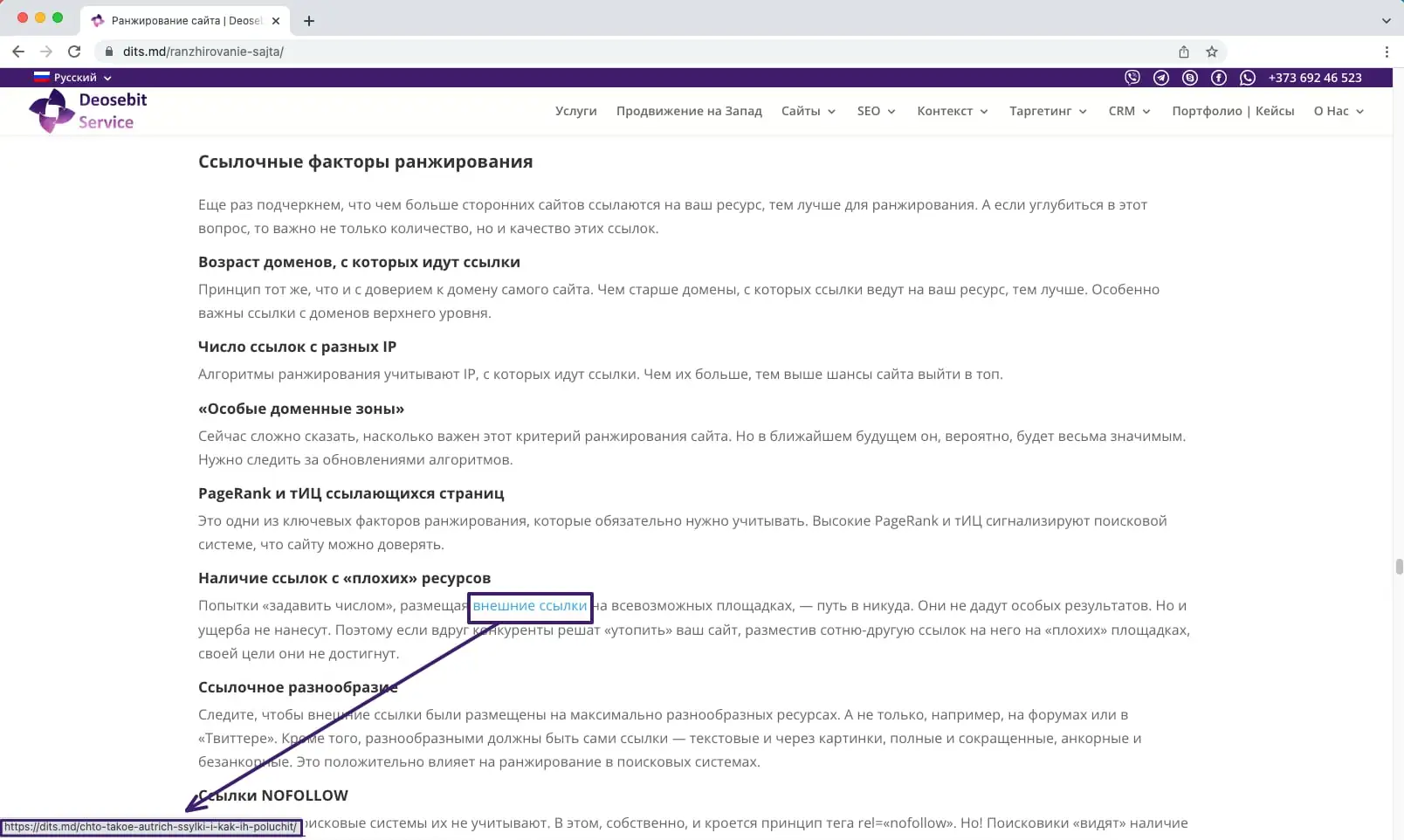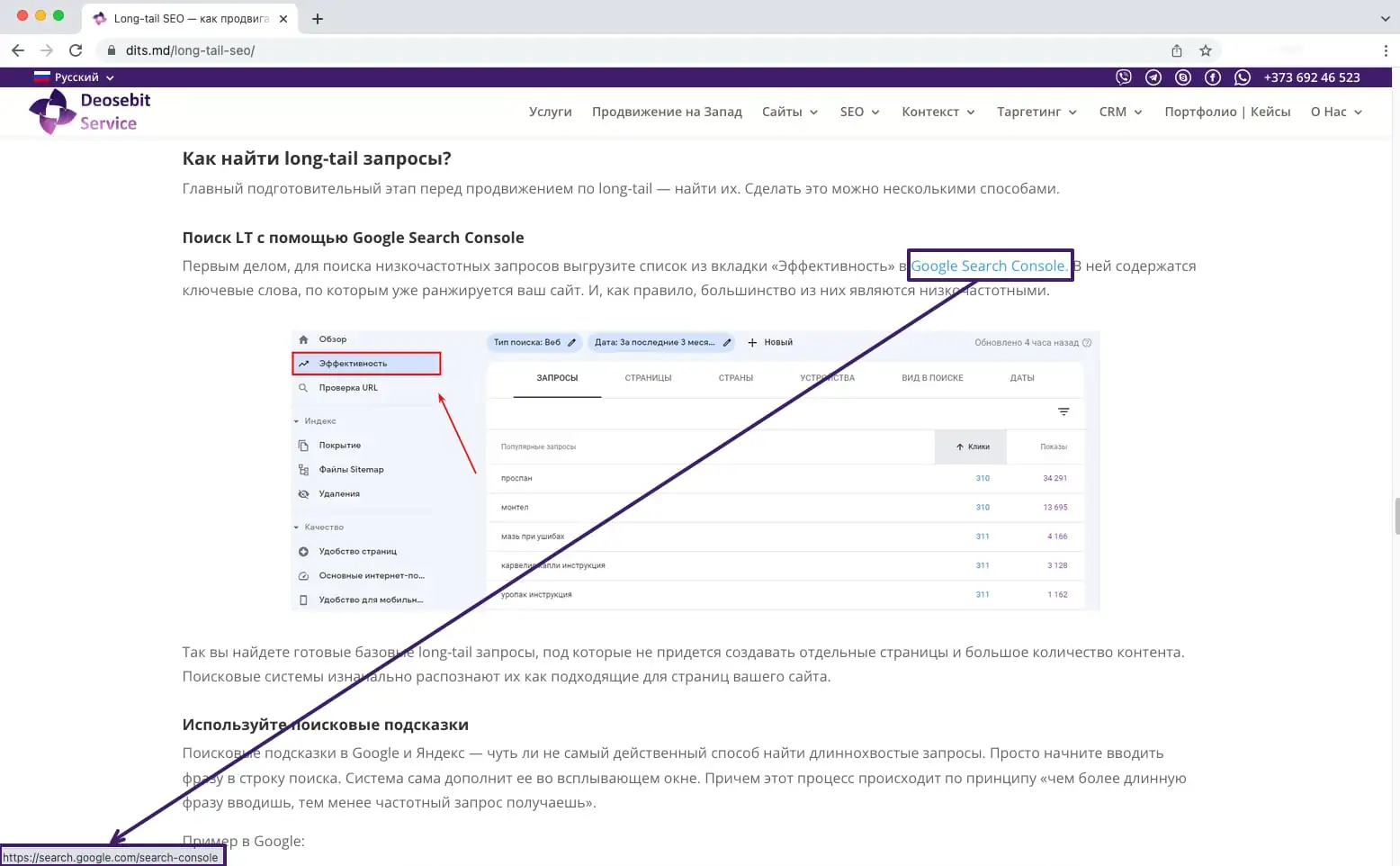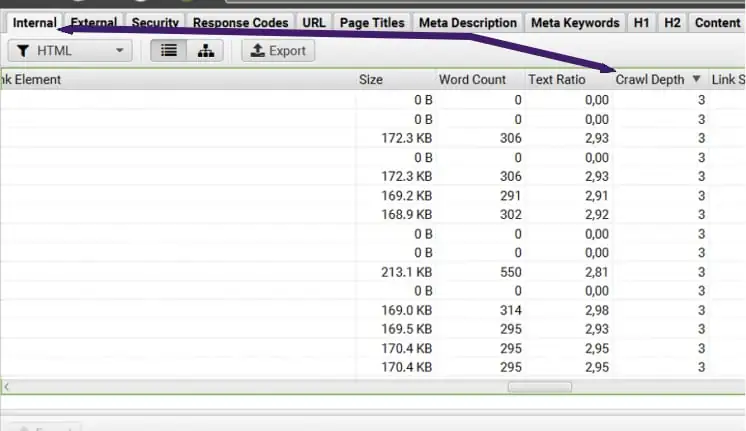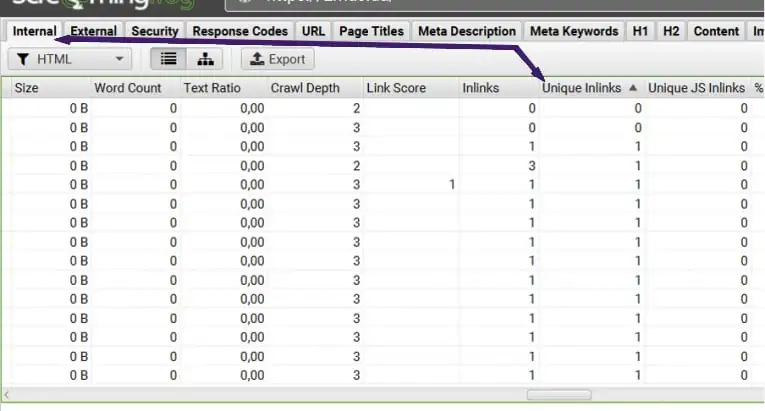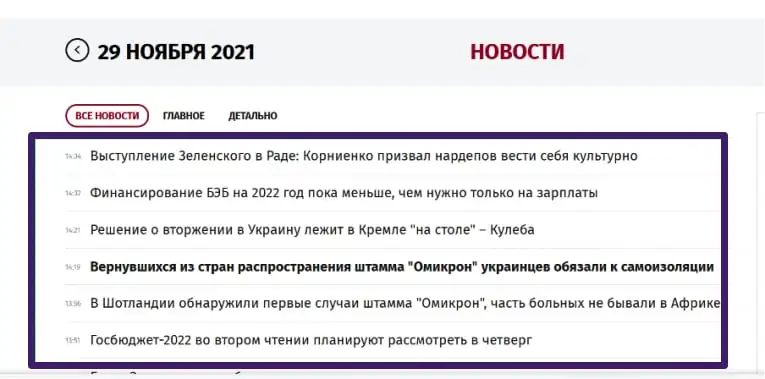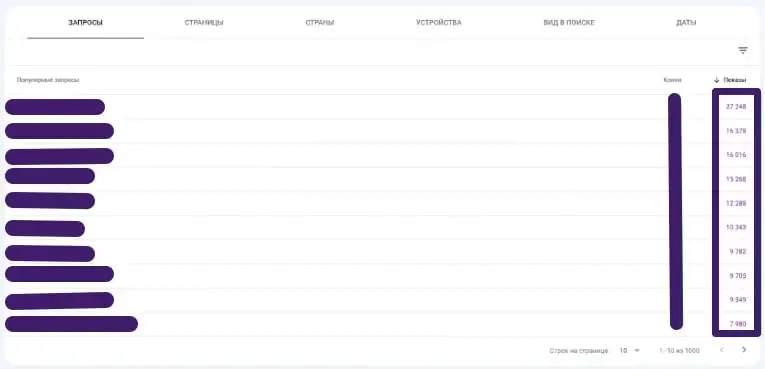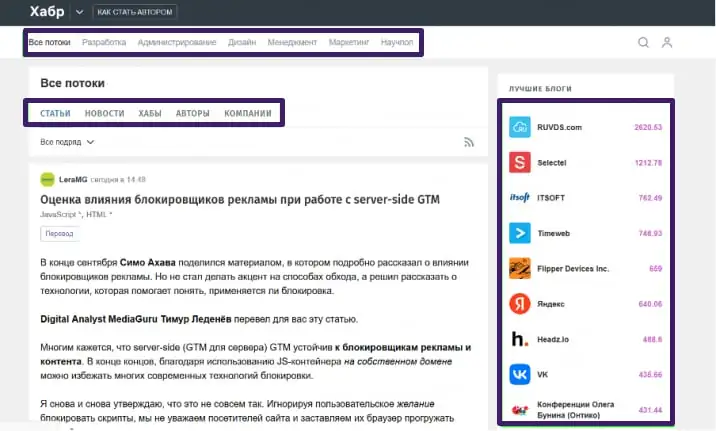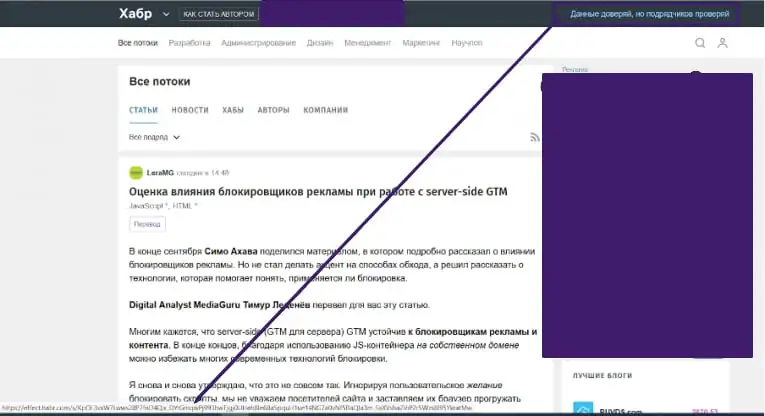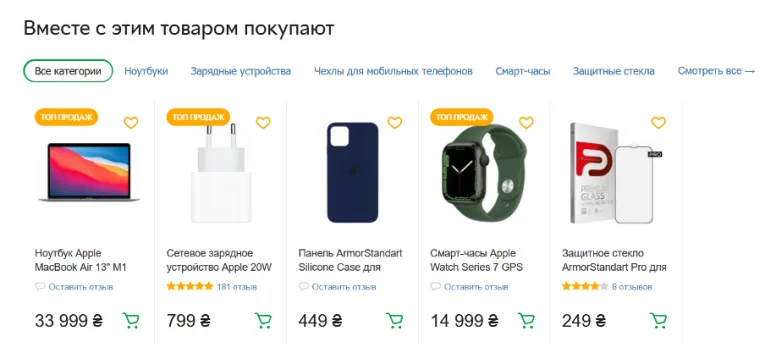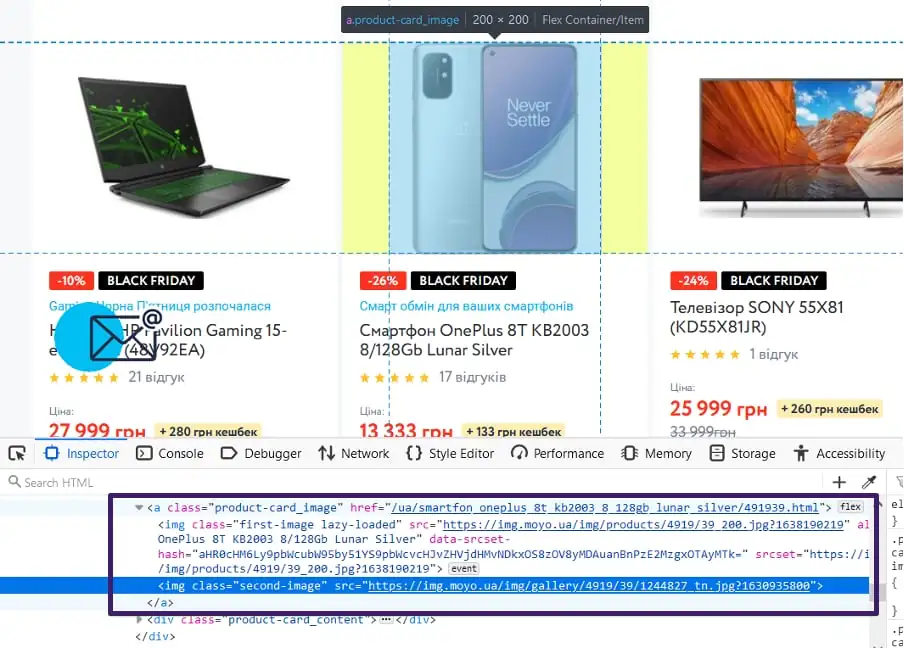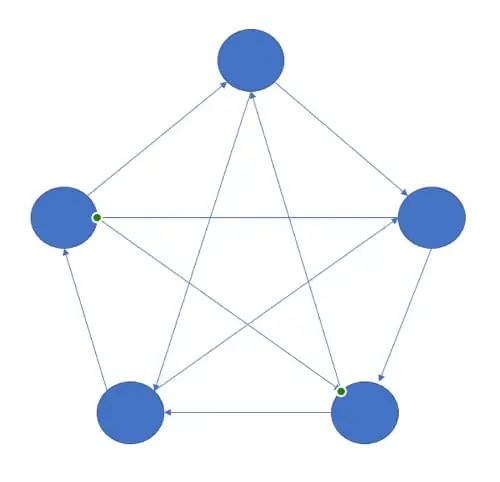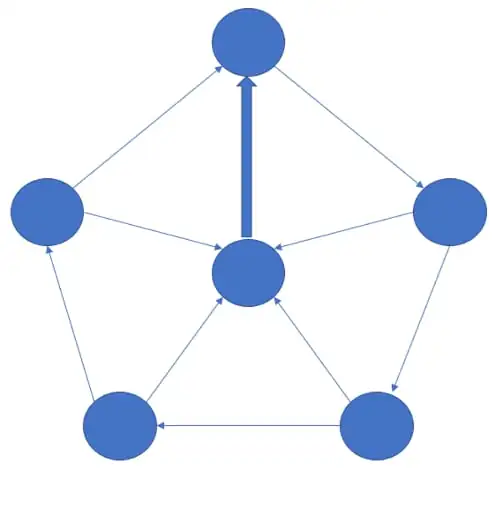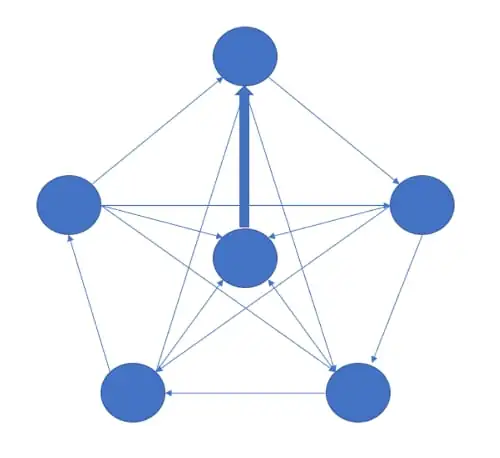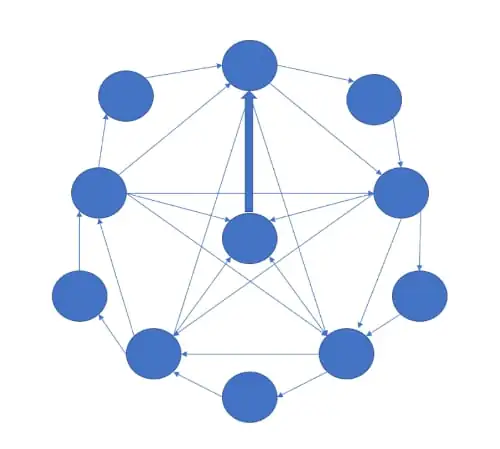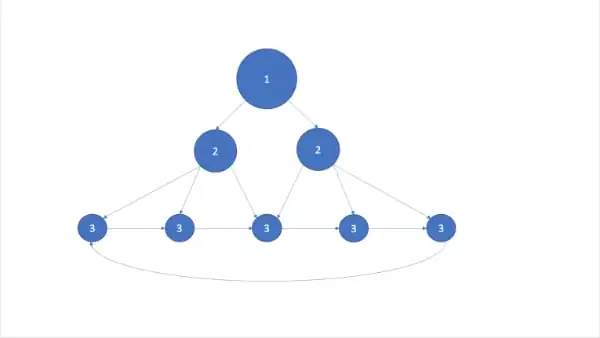A Complete Guide to Internal Linking a Website
Author - Constantin Nacul
Content:
- What is relinking
- Why do you need relinking
- Types and types of linking
- How to choose pages to link to
- Selection of anchors for linking
- Ways to put down internal links
- Internal linking schemes
- Rules and main mistakes in linking
- Programs and services for building internal linking
- The role of a blog in building internal linking
- Сonclusions
What is relinking
Linking is the linking of pages of a site with each other using hyperlinks. There are two types of linking - internal linking and external linking. Internal links are called links between pages of one site, and external links are called hyperlinks between pages of different sites.
In the article we will talk about the internal linking of the site.
Why do you need relinking
First, let's figure out why relinking is needed. Properly placed internal links perform many useful functions, both for improving user experience and for solving technical optimization problems:
- Redirecting users to the right pages. For example, you wrote a product review and posted a link to the product card in this review. The user will be able to go to the product page immediately from the review, which is much more convenient than searching for the product later on the site through the catalog.
- Stimulate the study of the site. Invite the user to go to pages that interest him. For example, similar or popular products (services, articles) on the site. So, the client will explore more pages of the site and is more likely to satisfy his need, with which he originally came.
- Improve site indexing. This is especially true for large sites. Competent linking allows you to quickly bring the search bot to the desired page, which will improve the crawling of the site and speed up getting into the index.
- Distribution of “link weight” of pages. Passes part of the "weight" of the document through internal links. This is used both for pumping the most priority urls, and in order to transfer part of the weight of already pumped pages to the rest, less pumped ones.
- Fixing relevance conflicts. Internal links with anchors help search engines to better and more accurately assess which page matches which queries.
- Improvement in behavioral indicators. Due to the fact that users move around the site, go to new pages, study them, the time spent on the site and the depth of browsing increase, the bounce rate decreases. For the PS, these are signals that the site is of high quality and interesting for people.
Types and types of linking
Internal linking
As already mentioned, internal linking is linking between pages of the same site. Let's see what internal linking happens
Automatic linking
Automatic linking is putting internal links automatically based on the given rules. This type of linking is relevant, first of all, for large sites, when there are too many pages to go to each one and put links manually. For such linking, various blocks are used, for example, a block with similar products, tags, or a cross-cutting block with interesting and new blog posts.
An example of internal linking in an article: https://dits.md/ranzhirovanie-sajta/
Manual linking
Putting internal links manually is only suitable for small sites where it is possible to go to each page and edit by adding internal links.
Anchor and non-anchor
Linking can be anchor and non-anchor. Anchor links are links with a text anchor that matches the acceptor page. Such relinking is suitable for promoting a page for a query that is used in an anchor or for resolving a relevancy conflict. Non-anchor linking is links without a text anchor or links using common words in anchors (here, here, by link, etc.). Non-anchor links help to avoid penalties due to anchor spam and achieve results.
Contextual and end-to-end
Internal linking can be implemented by contextual and end-to-end links. Contextual linking is links in the content of the page. Cross-linking is links that are placed on all pages of the site.
Navigation linking
Navigational linking is links in the menu, in linking blocks, in the footer of the site and in the logo. These links help you navigate and navigate the site.
External linking
External linking is links between pages of different sites. When placing such links, make sure that you use a hyperlink, that the donor and acceptor pages match each other in content, the link looks natural. An example of external linking is a publication in the media with a link to your site.
Example of external linking - link to Google Search Console in the article https://dits.md/long-tail-seo/
How to choose pages to link to
Pages that link to others are called donors. Linked pages are called acceptors. The choice of donors and acceptors depends on the problem. Let's consider how to choose pages for linking for given purposes.
Linking to improve indexing
We select pages according to the following parameters:
- They are at the 5th or more nesting level. Such pages will help you find Netpeak Spider and Screaming Frog crawlers. Crawl the site and open the nesting depth report. Select pages at level 5 or more and put internal links on them from the url of the second and third levels. Such relinking will allow PS robots to get to deep urls faster.
- Few inbound links. Such urls can be found using the same crawlers. Crawl the site and sort the pages by the number of incoming internal links. Choose urls that receive few inbound links, such as less than 5.
- Rarely visited by a search robot. To find such pages, analyze the site logs. Filter out urls where the search robot is less frequent than others. Also, the page crawl date can be viewed in Google Search Console. Put links to such urls from pages that are visited frequently. An example of a page that the PS bot has not visited for a long time.
- New pages. Create a linking block, which will automatically add links to new site urls. This block should be placed on the main or second-level pages. An example of a block on a news site.
Be sure to check that the pages are really needed in the index and they are not closed from indexing.
Internal linking for page flow
Choose pages that are interesting from a business point of view.
- with great traffic potential
- that generate a lot of sales and income
- which need to be “pressed” a little to the TOP
An example of sorting pages that can generate the most traffic.
After you select 30-50 landing pages, find the maximum url from which you can put an internal link and add it. After the next crawl of the site, the PS will see a large number of internal links to several pages and raise them in the search results.
Linking to improve user experience
Select the most thematic pages and put down internal links between them. Your task is to interest the user. You can use Google Analytics to select pages. See which pages people linger on. They should be linked.
Relinking to Fix Relevance Conflicts
First you have to find relevance conflicts. To do this, you must have a collected and clustered semantic core. Take down the relevant urls throughout the SA and check if there are pages that rank for multiple query clusters. Then, check if there are pages under these clusters. If there is a separate page, you have a relevance conflict. In this case, put an anchor link from the first page to the second, as if informing you that information on the topic is available on another url.
Selection of anchors for linking
After you have selected pages for linking, you need to select the text for links. We recommend selecting anchors as follows
- To improve indexing, select any relevant anchor.
- To boost a small group of pages, choose target queries as anchors. These can be low and mid frequency requests or one high frequency request. But be careful. The anchor must match the page. Also, add some anchors like “read here”, “accessible by link”, etc. to avoid overspam.
- Linking to improve user experience requires the selection of such anchors, according to which it is immediately clear where the person will go. Remember, this type of linking should help people, which means the user must understand what will happen and where he will go.
- To resolve relevance conflicts, proceed as follows. Choose one RF or MF query to rank on another page. Use this HF query as an anchor link.
Ways to put down internal links
After selecting pages for linking and anchors, you should have a clear understanding of which donors, where the link leads to, and what the purpose of this link is. The last step is choosing the linking method.
Navigation elements
The most common way of linking is navigation elements. Usually, these are static blocks on all pages or blocks that are formed automatically based on rules.
breadcrumbs
Breadcrumbs are a chain of links that show the path to a page. Such relinking is convenient because it allows you to quickly return to the previous level and clearly shows where the user is now.
Cross Links
Crosslinks are links that are placed on all pages of the site. They help you quickly navigate to the desired content from any section. Also, it is a handy tool to put a lot of hyperlinks to individual pages that need to be upgraded or that are popular with users. End-to-end linking is in the header and footer of the site, menu, logo.
Special Blocks
Special linking blocks are all kinds of dynamic blocks that contain links to new or popular pages. For example, the block "Popular products in category X".
Contextual linking
Contextual linking is links in the content of the page. Usually, such relinking is done manually and has a greater effect.
Text linking
Linking directly in the text content of the pages. For example, in an article about the processing of grapes, a link is added to the preparations that are used for processing.
Linking in pictures
Type of linking when the picture is a link to another page.
Internal linking schemes
To enhance the effect of linking, various linking schemes are used. There are several "classic" schemes, which we will describe below. Of course, there are many more different schemes, but they are designed for the needs and capabilities of specific sites, and not for everyone.
Linking all to all or "star"
The simplest scheme is that all pages of the site are linked to each other and receive the same weight in PS.
With such relinking of the site, the pages are moving well for queries with close frequency and competition. The scheme is suitable if you promote all pages with the same effort. Such relinking is suitable for promoting pages for midrange queries.
Linking in a circle and to a target or a ring
With this construction of linking, the pages refer to each other in a circle, and then a link is placed to one ur, for example, to the main page, or to the one that needs to be promoted according to the most competitive and high-frequency request. Such relinking is suitable for promoting a page on high-frequency queries.
And with this construction, it is possible to transfer more significance and weight to the target url of the site.
With such a linking scheme, it is not scary that the links will disappear, since the pages insure each other. Even if some url flies out of the search results, the linking will be saved and will continue to work.
There is also a more complex and "advanced" ring linking scheme.
With this scheme, we create two rings that interact with each other and insure each other. The second (outer) ring adds weight to the first one, and the first one passes this weight on to the page being promoted.
Linking by rank or hierarchical scheme
The idea of such a scheme is as follows: categories pump goods, goods, in turn, the main, and the main category.
It looks like all urls are pumping each other, but no. This scheme has a clear structure that sets the correct weight transfer to all pages.
This type of linking is suitable for online stores, service sites, info portals. We use external links to download the category pages of subcategories and, of course, the main one. Internal links transfer the received weight to products, services and articles.
In case you are promoting several complex requests, use this scheme:
Pushing TOP pages
This is not really a scheme, but rather the principle of linking. The idea is to put as many links to the landing pages as possible. For a single landing page, the schema looks like this:
Such relinking ensures that the maximum weight is transferred to the target url and its growth in the search results.
Linking for LF queries
The essence of the scheme is to transfer the weight from the pages of the first and second levels to the pages of the 3rd and 4th levels, which are optimized for low-frequency queries. Tier 3 or 4 pages are tied into one large ring for even weight distribution.
Let's summarize what linking schemes are:
| Linking scheme | What requirements are suitable | Target |
| Linking all to all or "star" | MF requests | Uniform promotion of pages for mid-range queries |
| Linking in a circle and to a target or a ring | RF requests | Promoting one page for high-frequency request |
| Linking by rank or hierarchical scheme | MF and LF requests | Uniform promotion of product/service pages for midrange and lowkey queries |
| Pushing TOP pages | MF and LF requests | Passing the maximum weight to one page |
| Linking for LF queries | LF requests | Promotion by LF requests |
Rules and main mistakes in linking
Linking rules
When building linking on the site, you must adhere to a number of rules
Don't just use anchor links. This is considered spam. Also, use anchorless links, links through images, etc.
Don't post too many links on one page. In this case, the minimum weight is transferred, and the links lose their meaning. In addition, the PS will be suspicious of such pages.
Moreover, do not put several identical links from one page to another. This is not effective either in terms of transferring "weight" or in terms of improving user behavior.
Choose relevant anchors for internal linking. The text of the link must match the page to which the link leads. The PS may consider irrelevant internal links as manipulation.
Select donors and acceptors that are relevant to each other. Linking should look natural and be valuable to the user. Linking to adidas men's shoes page from men's shoes page looks natural and useful, while linking to cat food page from dog food page looks unnatural and obviously not needed by a person who is looking for food for his dog.
Internal linking errors
- 404 pages are involved in the linking.
Such pages are not useful to people, they are negatively treated by PS. In addition, a 404 document is a dead end in the linking scheme. The best solution would be to remove the link to the 404 page or link to another relevant url. - Linking involves pages with a critically small number of outgoing links.
Such pages are also a dead end in linking because they do not pass weight further. The exception is landing pages. They just have to accumulate weight. URLs that link to landing pages can also have few outbound links. Such urls should collect weight so that they can then pass it to the landing page, and not to others. - Building a link between pages at a deep nesting level.
The deeper the page is, the less significant it is, according to the PS. It doesn't make sense to link pages deeper than level 5 because they don't have enough weight to be effective. Also, the search robot rarely visits deep pages and, accordingly, it takes a very long time to wait for the result. - Setting the nofollow attribute for internal links.
Nofollow prevents search engine robots from following a link. If the robot does not follow the link, it will not receive full information about the internal linking and all efforts will be in vain. Be sure to check that the links that are involved in the relink do not contain the nofollow attribute. - Use in linking pages closed from indexing.
Pages closed from indexing do not participate in ranking, do not gain weight, they are rarely visited by a search robot. Such pages will not be able to perform linking tasks - pass weight and improve indexing.
Programs and services for building internal linking
1. Website crawlers – Netpeak Spider, Screaming Frog and others. Crawlers help you find pages at deep levels, dead ends, or pages with few inbound links. In principle, the crawler is the main url selection tool for building internal linking. Also, crawlers show 404 pages and nofollow links. You can upload a list of these errors and fix them.
2. Plugins for automatic linking. They allow you to create rules for placing internal links in the content of the site. For example, you need to download a catalog of laptops. The plugin will find all pages that contain the word "laptop" in different word forms and add a link to the catalog to this word. Be sure to set a limit that only one link can be placed on one page.
For most CMS, there are no ready-made solutions that can build internal linking. But if you have a WordPress site, use plugins:
- Link Whisper
- Rank Math
- Yoast SEO
- Interlink Manager
- Internal Link Juicer
3. Programs for analyzing site logs. Such programs allow you to quickly analyze visits to website pages by search bots.
Use GoAccess, Splunk, Loggly, Logstash, Screaming Frog Log Analyzer
The role of a blog in building internal linking
In the end, we want to talk about the role of a blog in internal linking. A blog is a section with articles that perform the function of attracting traffic for information requests or confirming expertise through high-quality and useful articles. High-quality articles are in demand, they are transferred from the issue or directly through the site. Also, the blog attracts good external link mass, which increases its weight.
In sum, quality blog articles receive a lot of weight and can share this weight with other pages. A good link building strategy is to grow your blog and link internally from your blog to your landing pages. Such a strategy will allow you to redirect new users to commercial pages and at the same time pump them up by transferring weight. Linking from a blog is also good because the effect accumulates over time. Old materials gain weight over time, you add new articles - the number and quality of internal links grows.
Сonclusions
Summarizing all of the above
- Building the right linking is a long and laborious process. There are quick and easy solutions, but they are less effective.
- Linking should perform specific tasks, and not be an illogical and confusing mass of internal links.
- Carefully select pages donors, acceptors and anchors for links. Track the result by regularly removing positions and adjust relinking as necessary.
- Think not only about the short-term result, but also about the strategy for the long term.
A source: Iprospect


